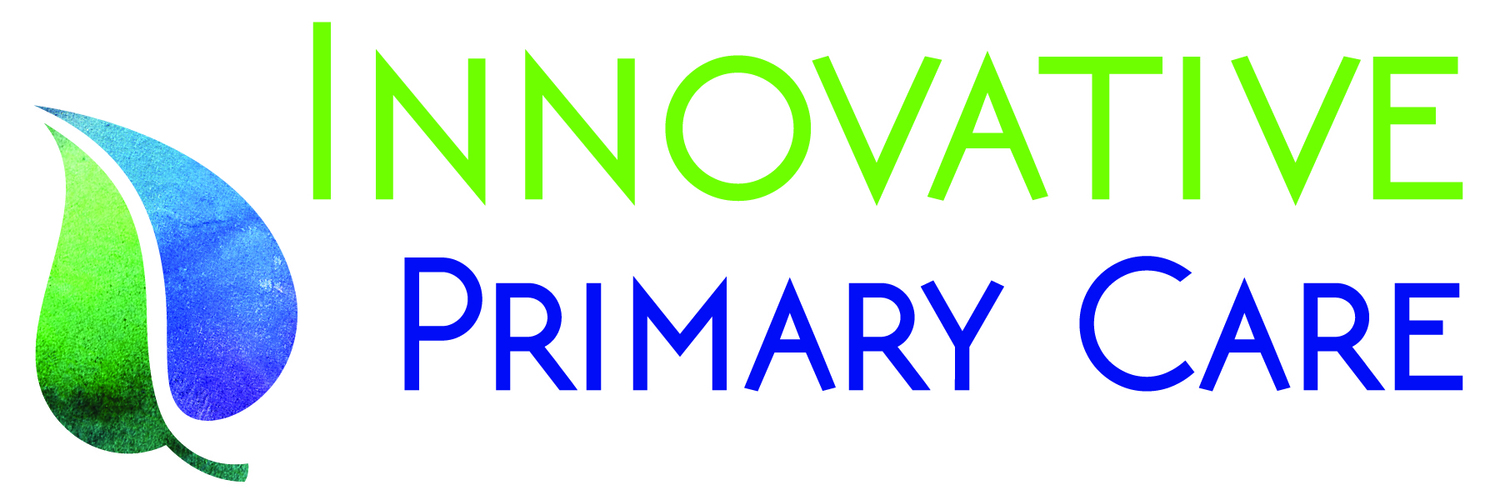Spotlight on Wellness: Diabetes Awareness
/By Melissa Coats, ND
November is National Diabetes Awareness Month. The statistics of this disease are alarming. There are nearly 30 million children and adults with diabetes in the U.S. and another nearly 90 million whom are pre-diabetic and close to becoming Type II diabetics. Understanding diabetes and its connection with your diet are key to prevention.
There are two types of diabetes: Type I and Type II. Both involve your body's production of or sensitivity to insulin, a key hormone necessary for survival. Type I diabetes usually is diagnosed earlier in life; it occurs as a result of the body's inability to produce insulin due to an autoimmune response that damages the beta-cells of the pancreas. Beta-cells are the cells that secrete insulin. Type II diabetes is usually diagnosed after the age of 40 and is often associated with obesity, high blood cholesterol and triglycerides, and hypertension. Type II diabetes is characterized by the body's insensitivity to insulin. Insulin is a carrier molecule for sugar (glucose) in the body. It facilitates the passage of glucose from the blood stream to the cells where glucose is used to fuel the cells. Insulin also plays a role in storing excess glucose as fat and has some influence on appetite receptors in the brain. Both Type I and Type II diabetics suffer from blood glucose abnormalities. A lack of insulin or insulin insensitivity can cause high blood glucose (hyperglycemia). On the other hand, a surge in insulin via an insulin injection or from the pancreas secreting too much insulin to try to override insulin insensitivity can cause low blood glucose (hypoglycemia).
Recurrent periods of hyperglycemia cause many harmful symptoms and eventually can lead to death from any number of degenerative diseases. Hyperglycemia damages the heart, liver, and kidneys, affects nerve signals and sensation in the limbs and causes cell degeneration. Episodes of hypoglycemia (low blood glucose) cause irritability, irrational behavior, and can result in unconsciousness, often called the "diabetic coma".
Diet has always played a very important role in the management of diabetes, as food is the source of glucose in our bodies. However, the types of diets recommended have changed over time and what you were told when you were first diagnosed may have change. Because of the higher likelihood for diabetics to develop heart problems and kidney failure, doctors once prescribed low-fat, high complex-carbohydrate diets targeting the symptoms. Dietary fats were considered to be the primary cause of heart and kidney problems. However, controlling blood glucose levels on this type of diet is very difficult. Diabetics, even on a strict low-fat, high complex-carbohydrate diet experienced a daily roller-coaster of too high and too low blood glucose levels.
In order to alleviate these symptoms and to control blood glucose levels, the current dietary recommendations involve high protein amounts and very little carbohydrate intake now often referred to as "Paleo" vs. "Atkins" which was similar in some ways some years back. On a high protein/low carbohydrate diet, some type II diabetics have been able to completely reverse their symptoms and eliminate the need for insulin or other medication. While on this diet, Type I diabetics, who will always need insulin, can exert much greater control over the amounts of insulin they inject as well as over their blood glucose levels at all times, improving their health and quality of life. Diabetes treatment may include insulin, hyperglycemic medications, diet and exercise. Weight loss and exercise can and usually do increase insulin sensitivity.
This short list of food suggestions can help you make the changes necessary for a healthy diet.
Eat More of these items:
- Organic veggies- asparagus, avocados, broccoli, brussel sprouts, spinach, peppers, mushrooms, summer squash, zucchini, lettuce, spring mix, cauliflower, eggplant, cabbage
- Homemade soups, plain yogurt, cheese in moderation, whole cream, unsweetened milk alternatives like coconut, almond, soy
- Use stevia to sweeten things, not agave as it may be natural, but still spikes your sugars
- Snack on a handful of raw nuts
- Protein- lean meats, grass fed and finished beef in moderation, fish- wild caught
Avoid these items:
- Sugar: artificial sweeteners, sugar alcohols, agave, and honey, cookies, ice cream, pastries
- Starches: beans, beets, carrots, corn, potatoes
- Fruits and fruit juices
- Dairy products: milk, low-fat yogurts, or sweetened yogurts
- Grains: bread, pasta, cereal, pancakes, waffles, rice (white and brown), crackers, things made from white flour
- Pre-packaged foods: microwave meals, snack foods, commercially prepared soups (these have tons of salt, and usually a lot of sugars/carbs)
Working on eliminating a lot of the foods that spike your blood glucose will help you get it under control and this will help prevent more of the long term damage, require less medication, and help you prevent spikes and drops in your glucose throughout the day. Remember to consult with your physician as you make changes and figure out what works best for your body.
For a list of the best foods to buy organic, visit the Environmental Working Group for the Shopper's Guide to Pesticides in Produce that reveals the "dirty dozen" and the "clean fifteen."
Additional resources and references for this article:

